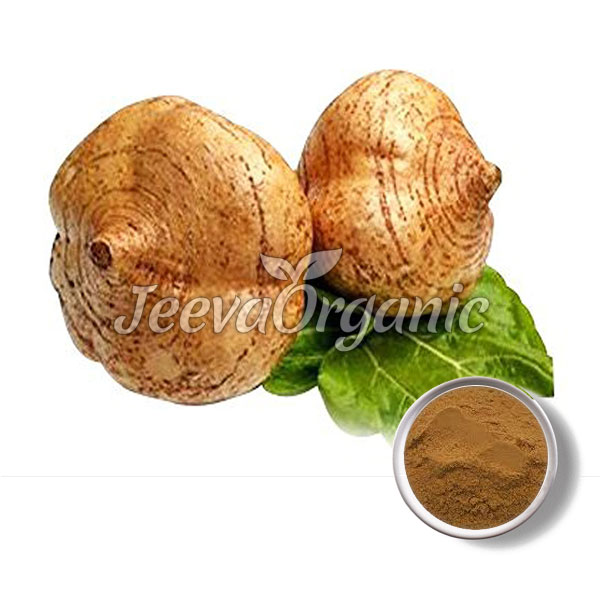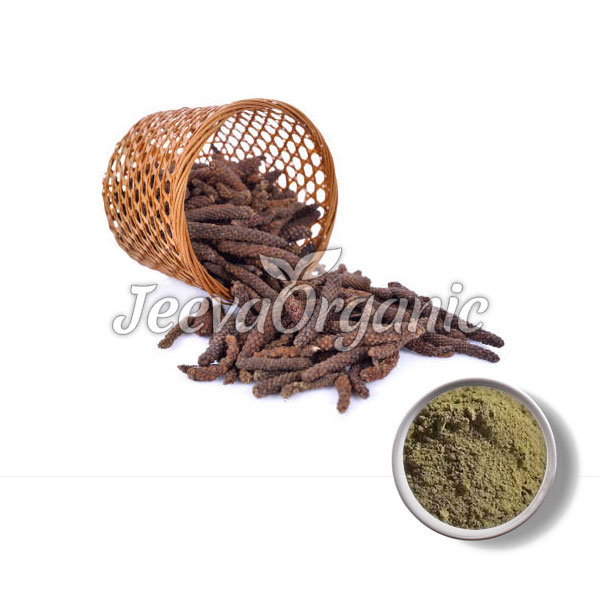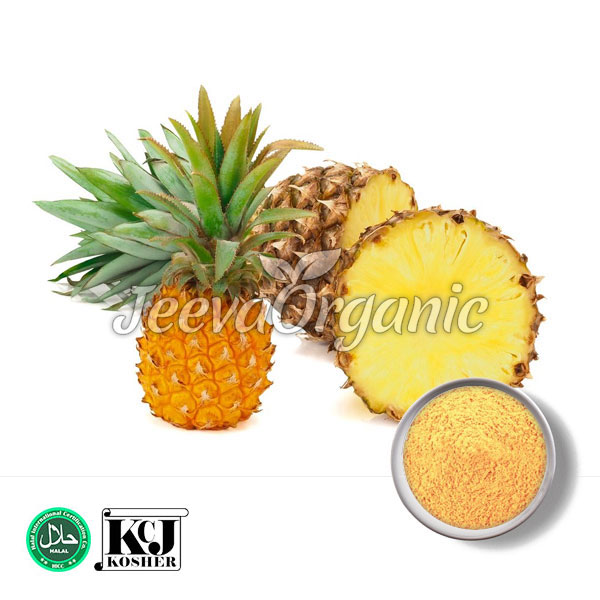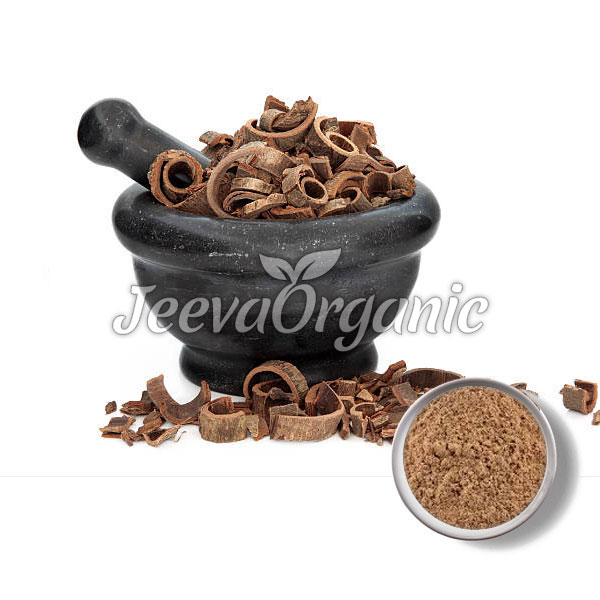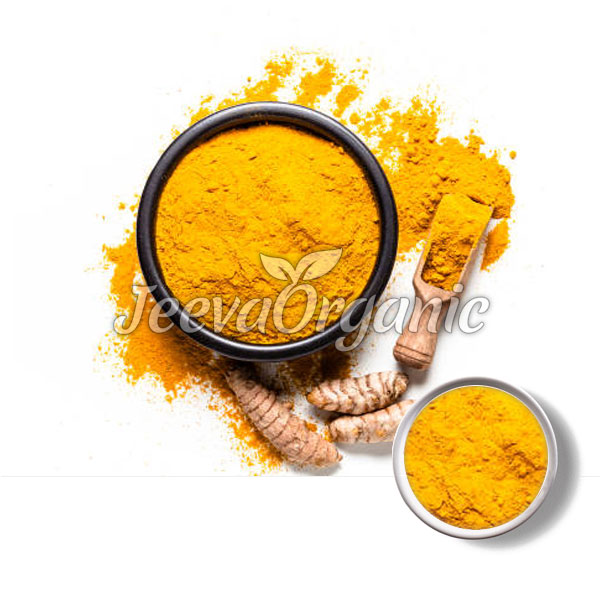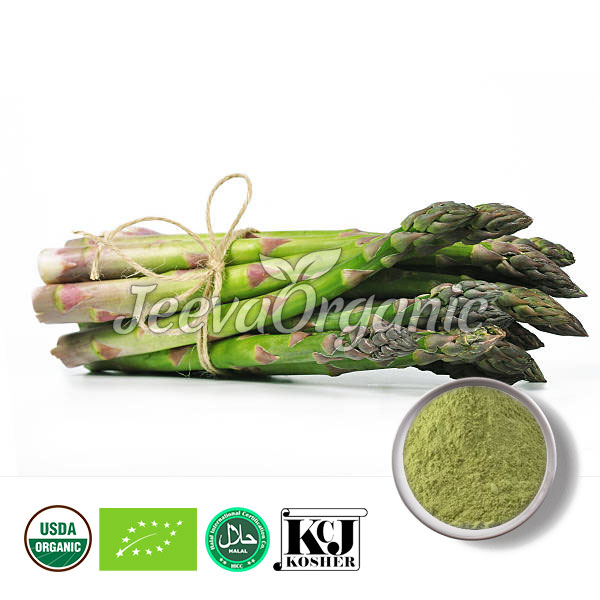- 1.What is the biological source of Kudzu?The biological source of Kudzu is Pueraria lobata.
- 2.What is the amount of residue on ignition present in this product?The amount of residue present in this Kudzu Root Powder on ignition is not more than 5.0%.
- 3.What are the phytochemicals present in Kudzu?The phytochemicals present in Kudzu include polyphenols, isoflavonoids, triterprnoids, choline, chloride, acetyl choline, chloride, allantoin, puerarin, daidzein, mirificin, and salvianolic acid.
- 4. What is the amount of isoflavones present in this product?The amount of isoflavones present in this Kudzu Root Powder is not less than 40%.
- 5.What are the other names of KudzuKudzu is also known as Japanese arrowroot and Chinese arrowroot.
- 6. Does this product contain E. coli & Salmonella?No, E. coli & salmonella are not present in the Kudzu Root Powder provided by us.
- 7. Is this Kudzu Root Powder BSE/TSE Free?Yes, the Kudzu Root Powder provided by us is free from Bovine Spongiform Encephalopathy (BSE) & Transmissible Spongiform Encephalopathies (TSE).
- 8.What is the mesh size of this Kudzu Root Powder?Mesh size is basically sieve size, which is the measurement of the particle size of the product. We can customize the size of the powder particle as per the requirement of our clients
Kudzu Root Powder
Botanical Name: Pueraria montana
Forms Available: Root power
Also known as Japanese arrowroot, Kudzu root is native to Korea, Japan, and Asia. It has an oblong shape with white flesh and tan skin. It resembles other common root tubers like yams and potatoes. This trailing vine has been used in traditional Chinese medicine for more than 2,000 years. It is known to alleviate menopausal symptoms, reduce alcoholism, and aid liver damage. Kudzu root powder can be used as a thickener in sauces and soups.

